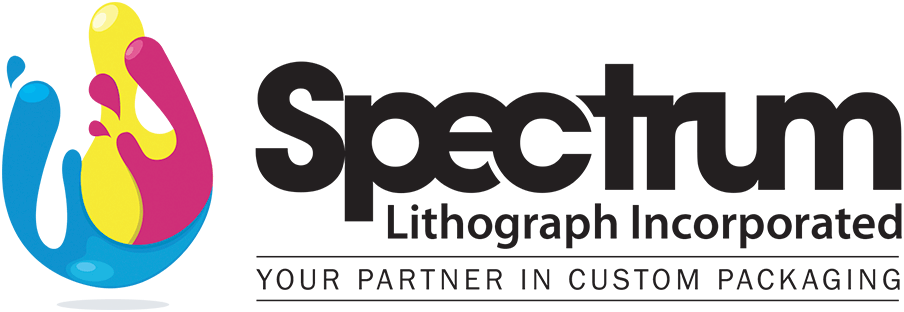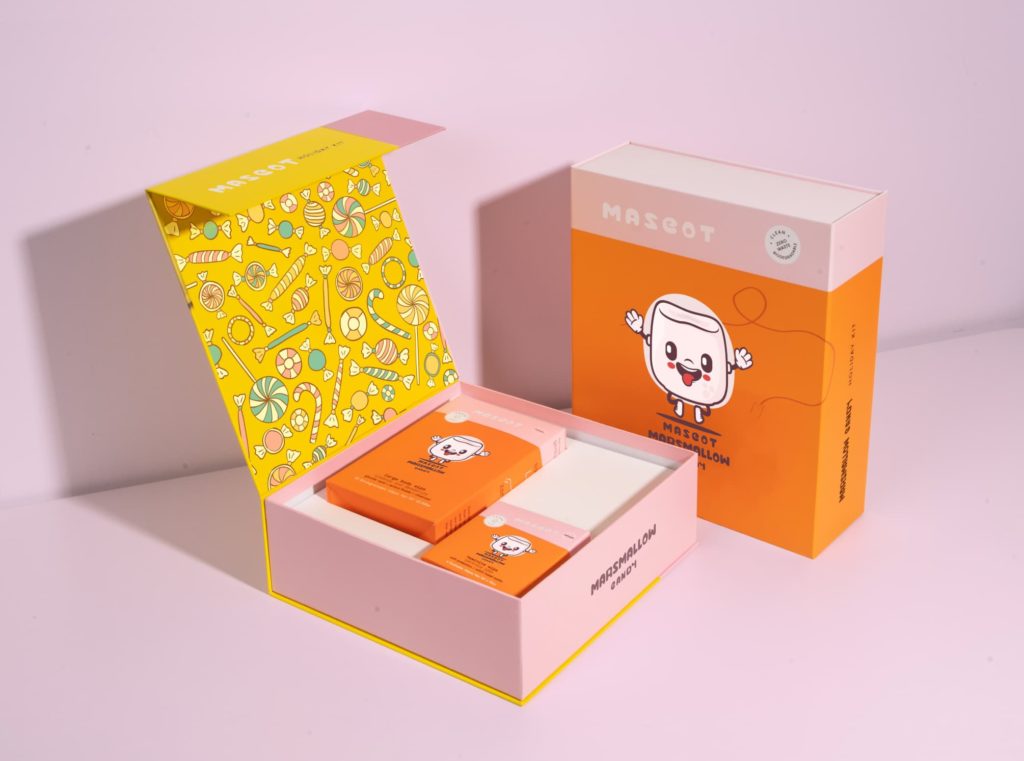In the realm of custom packaging, where first impressions can make or break a brand, innovative materials play a pivotal role in elevating the entire experience for both businesses and consumers alike. This blog delves into the fascinating world of avant-garde materials that are reshaping the landscape of modern custom packaging, pushing the boundaries of creativity and sustainability.
- PaperFoam: Striking the perfect balance between sturdiness and eco-friendliness, PaperFoam is a revolutionary material made from starch-based materials. It offers a lightweight, moldable, and biodegradable alternative to traditional foam packaging. Its versatility in design and commitment to sustainability make it an excellent choice for companies aiming to reduce their environmental impact while delivering an exceptional unboxing experience.
- Metallic Laminates: For brands seeking a touch of luxury and sophistication in their packaging, metallic laminates provide a glamorous solution. These laminates, often made from metallized films, offer a metallic sheen and reflective surface that adds a premium feel to the packaging. Widely used in the beauty and high-end consumer goods industries, metallic laminates create a visually stunning and memorable unboxing experience.
- 3D-Printed Packaging: The advent of 3D printing technology has opened up new horizons in custom packaging. Brands can now create intricate, personalized, and one-of-a-kind packaging using 3D printing. This not only allows for unique designs but also enables on-demand production, reducing waste and providing a tailored experience for consumers. The marriage of technology and packaging has never been more exciting.
- Graphene-Infused Materials: Known for its exceptional strength and conductivity, graphene is making waves in the packaging industry. When infused into materials like paper or plastic, it enhances their strength and barrier properties. This results in packaging that is not only robust but also provides better protection for the products inside. Graphene-infused materials are particularly gaining popularity in electronics and food packaging.
- Plant-Based Bioplastics: As the world seeks alternatives to traditional plastics, plant-based bioplastics are emerging as a sustainable solution. Derived from renewable resources such as cornstarch, sugarcane, or potato starch, these materials offer the same versatility as traditional plastics without the environmental drawbacks. Brands adopting plant-based bioplastics send a strong message of commitment to eco-friendly practices.
In the ever-evolving landscape of custom packaging, the use of innovative materials goes beyond aesthetics; it’s a statement of a brand’s commitment to creativity, sustainability, and consumer engagement. From edible packaging to 3D-printed masterpieces, the possibilities are as diverse as the brands themselves. Crafting tomorrow involves embracing these materials to create packaging experiences that captivate, resonate, and leave an indelible mark on the hearts of consumers, setting the stage for a future where packaging is an art form in itself.

